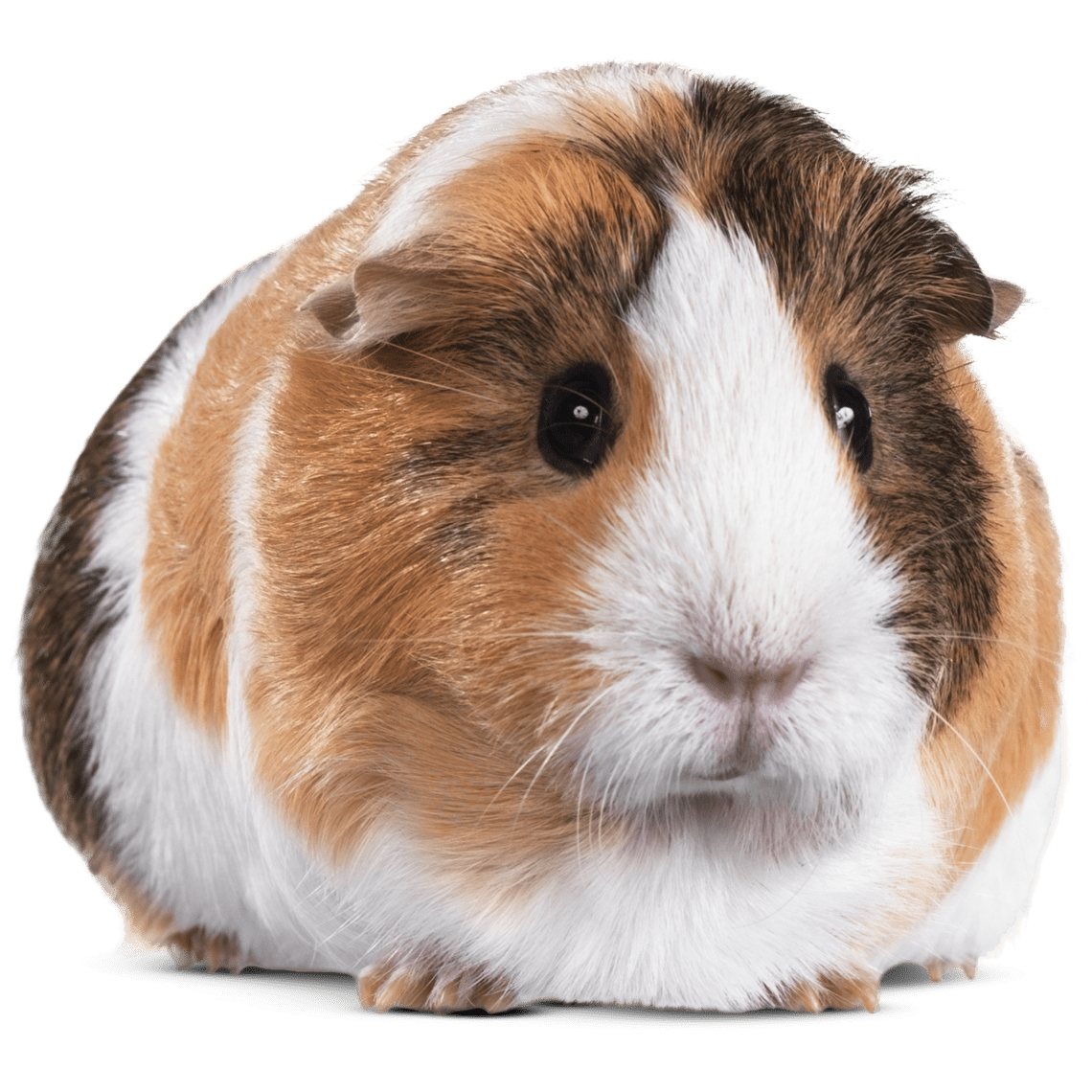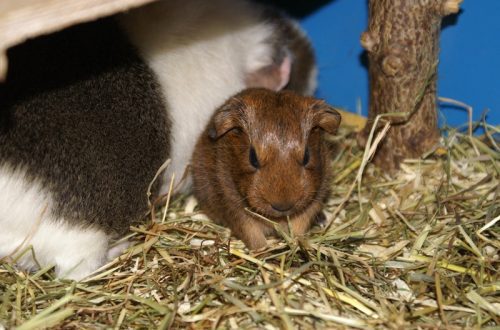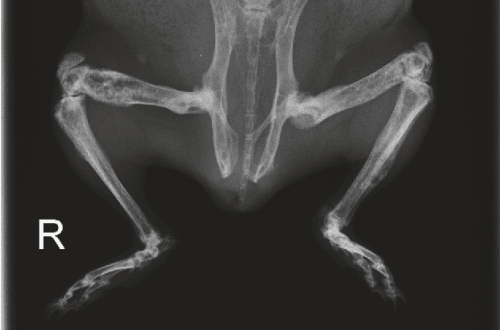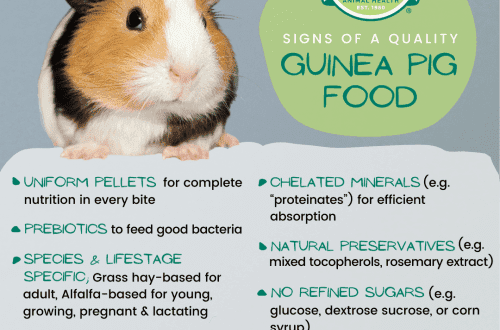
Buying a guinea pig
Before you get a guinea pig, you need to seriously think, because we must be aware that the new animal in the house in a certain sense will increase the size of our family. After all, every animal is a living creature that, like a person, experiences fear, pain or hunger, which can be pleased and upset. Therefore, we will not make hasty decisions, we will first think about whether we have the conditions to guarantee the new household everything that is necessary for him. Because with the fact that we have an animal, not only pleasures are connected, but also duties. When buying a guinea pig, we must take into account that it will live in our house for the next few years. These rodents live an average of about 8 years.
Before you buy a guinea pig, you need to answer the following questions:
- Will there be a suitable, bright place in the apartment for a large enough cage that this animal needs?
- Do you have the patience to tirelessly clean up the bedding that is constantly crumbling around the cage?
- Will you have time to feed and water your pet every day and clean his cage once or twice a week?
- Do you have an hour of time every day to play with the animal and take care of its coat?
- Can you afford to purchase a cage in which the animal would have sufficient freedom of movement?
- Do you have the opportunity to provide him with proper care during your rather long absence from the house?
Only by answering these questions to yourself, you can decide whether to buy a guinea pig or not.
If you decide to buy, then the first step should be to stock up on the necessary equipment and prepare the animal for the appropriate living conditions. This must be done before moving the pig into the house. You can’t condemn her to stay in a cardboard box or any other temporary shelter of this type – you must immediately decide on the choice of housing for a guinea pig.
Before you get a guinea pig, you need to seriously think, because we must be aware that the new animal in the house in a certain sense will increase the size of our family. After all, every animal is a living creature that, like a person, experiences fear, pain or hunger, which can be pleased and upset. Therefore, we will not make hasty decisions, we will first think about whether we have the conditions to guarantee the new household everything that is necessary for him. Because with the fact that we have an animal, not only pleasures are connected, but also duties. When buying a guinea pig, we must take into account that it will live in our house for the next few years. These rodents live an average of about 8 years.
Before you buy a guinea pig, you need to answer the following questions:
- Will there be a suitable, bright place in the apartment for a large enough cage that this animal needs?
- Do you have the patience to tirelessly clean up the bedding that is constantly crumbling around the cage?
- Will you have time to feed and water your pet every day and clean his cage once or twice a week?
- Do you have an hour of time every day to play with the animal and take care of its coat?
- Can you afford to purchase a cage in which the animal would have sufficient freedom of movement?
- Do you have the opportunity to provide him with proper care during your rather long absence from the house?
Only by answering these questions to yourself, you can decide whether to buy a guinea pig or not.
If you decide to buy, then the first step should be to stock up on the necessary equipment and prepare the animal for the appropriate living conditions. This must be done before moving the pig into the house. You can’t condemn her to stay in a cardboard box or any other temporary shelter of this type – you must immediately decide on the choice of housing for a guinea pig.
The next decision you need to make is the breed of guinea pig you want to keep and raise. These animals are very diverse. In the zoological shop, there are usually pigs belonging to three breeds.
The first breed is characterized by a smooth, short coat and is defined as a smooth-haired (or short-haired) guinea pig. These pigs are the cheapest. They are distinguished by the highest immunity and the least exactingness.
The second breed is the rosette (Abyssinian, wire-haired) pigs, which also do not require special care, and are considered by many to be the most attractive.
The most attractive is the long-haired Angora (Peruvian) pig, however, at the same time, it delivers the most trouble in keeping. Its long, silky coat requires daily brushing and occasional trimming. Pigs of this breed, in principle, are not suitable for small children.
The differentiation of breeds corresponds to the differentiation of prices for guinea pigs. Abyssinian gilts tend to sell for the price of the most expensive shorthair gilts, while Peruvian gilts are usually significantly more expensive than both. Once you’ve decided what breed of guinea pig you want, choose a reputable pet store where you’ll make your purchase. Obviously, you will find in it the animal you are looking for, and, in addition, all the necessary equipment for its maintenance and education.
The next decision you need to make is the breed of guinea pig you want to keep and raise. These animals are very diverse. In the zoological shop, there are usually pigs belonging to three breeds.
The first breed is characterized by a smooth, short coat and is defined as a smooth-haired (or short-haired) guinea pig. These pigs are the cheapest. They are distinguished by the highest immunity and the least exactingness.
The second breed is the rosette (Abyssinian, wire-haired) pigs, which also do not require special care, and are considered by many to be the most attractive.
The most attractive is the long-haired Angora (Peruvian) pig, however, at the same time, it delivers the most trouble in keeping. Its long, silky coat requires daily brushing and occasional trimming. Pigs of this breed, in principle, are not suitable for small children.
The differentiation of breeds corresponds to the differentiation of prices for guinea pigs. Abyssinian gilts tend to sell for the price of the most expensive shorthair gilts, while Peruvian gilts are usually significantly more expensive than both. Once you’ve decided what breed of guinea pig you want, choose a reputable pet store where you’ll make your purchase. Obviously, you will find in it the animal you are looking for, and, in addition, all the necessary equipment for its maintenance and education.
In order to properly assess the quality and shape a guinea pig is in, you need to know what is normal and what is not normal for him. The following properties and parameters are of utmost importance: an adult guinea pig grows to a length of approximately 30 cm, and its weight ranges from 800 to 1000 g. The body temperature is slightly higher than that of a human body, and you should not be surprised that the animal seems too warm, even hot, it does not mean that he has a fever. A temperature of 39,5 ° C is absolutely normal for her.
The guinea pig has a dense, strong body covered with thick hair. In older individuals, bald spots may appear. In young animals, only the backs of the palms and bottoms of the feet, ears and small areas of the surface behind the ears do not become overgrown with hair. The front paws have four toes ending in claws, and the hind legs have three. Both females and males have two nipples.
When buying a guinea pig, you should carefully examine it to make sure that it is healthy.
- The coat of a healthy pig is glossy, her hair, depending on the breed, is properly styled.
- There should be no noticeable, palpable scabs or pimples, scabs on the skin. Nor can there be imperfections in the hairline. In pigs, only the ears and soles of the feet are hairless. The exception is Abyssinian pigs, in which rosettes diverge from points visible on the skin.
- When examining the head of an animal, you should pay attention to the eyes and nostrils. The eyes of a healthy pig are clean, look like two wet beads, while the nostrils are dry and cold, without traces of mucus.
- You should definitely look at the place around the anus. Clumped and soiled wool indicates that the animal most likely suffers from diarrhea. The feces in the cage or in the room in which the pig has been kept up to now must be dry.
- It may happen that the guinea pig’s coat is infested with parasites. For this reason, we should not refuse to buy the animal that we like, since fleas and lice can be easily killed with insecticides.
It is best to first observe the animals in their cage for a while. This will immediately make it clear which of them is the most active and seems to be the most healthy, and which only does what sits apathetically in the corner.
You must be aware that even an active animal can be sick. Therefore, you need to then turn your attention to the possible symptoms of the disease. Don’t buy a guinea pig with watery, red, or sunken eyes.
Another bad symptom, which, moreover, is easy to establish, is diarrhea: the hair around the anus is dirty, stuck together from dried stools. An animal experiencing difficulty in breathing, combined with watery or purulent discharge from the nose, may develop a cold, which is very unsafe for guinea pigs.
If the gilt you intend to buy is to be bred, you must also pay attention to certain genetic traits. It should also be remembered that it is normal for guinea pigs to have alternating periods of activity and drowsiness throughout the day. Therefore, it would be good to control the behavior of the animal you like several times at different times of the day.
In order to properly assess the quality and shape a guinea pig is in, you need to know what is normal and what is not normal for him. The following properties and parameters are of utmost importance: an adult guinea pig grows to a length of approximately 30 cm, and its weight ranges from 800 to 1000 g. The body temperature is slightly higher than that of a human body, and you should not be surprised that the animal seems too warm, even hot, it does not mean that he has a fever. A temperature of 39,5 ° C is absolutely normal for her.
The guinea pig has a dense, strong body covered with thick hair. In older individuals, bald spots may appear. In young animals, only the backs of the palms and bottoms of the feet, ears and small areas of the surface behind the ears do not become overgrown with hair. The front paws have four toes ending in claws, and the hind legs have three. Both females and males have two nipples.
When buying a guinea pig, you should carefully examine it to make sure that it is healthy.
- The coat of a healthy pig is glossy, her hair, depending on the breed, is properly styled.
- There should be no noticeable, palpable scabs or pimples, scabs on the skin. Nor can there be imperfections in the hairline. In pigs, only the ears and soles of the feet are hairless. The exception is Abyssinian pigs, in which rosettes diverge from points visible on the skin.
- When examining the head of an animal, you should pay attention to the eyes and nostrils. The eyes of a healthy pig are clean, look like two wet beads, while the nostrils are dry and cold, without traces of mucus.
- You should definitely look at the place around the anus. Clumped and soiled wool indicates that the animal most likely suffers from diarrhea. The feces in the cage or in the room in which the pig has been kept up to now must be dry.
- It may happen that the guinea pig’s coat is infested with parasites. For this reason, we should not refuse to buy the animal that we like, since fleas and lice can be easily killed with insecticides.
It is best to first observe the animals in their cage for a while. This will immediately make it clear which of them is the most active and seems to be the most healthy, and which only does what sits apathetically in the corner.
You must be aware that even an active animal can be sick. Therefore, you need to then turn your attention to the possible symptoms of the disease. Don’t buy a guinea pig with watery, red, or sunken eyes.
Another bad symptom, which, moreover, is easy to establish, is diarrhea: the hair around the anus is dirty, stuck together from dried stools. An animal experiencing difficulty in breathing, combined with watery or purulent discharge from the nose, may develop a cold, which is very unsafe for guinea pigs.
If the gilt you intend to buy is to be bred, you must also pay attention to certain genetic traits. It should also be remembered that it is normal for guinea pigs to have alternating periods of activity and drowsiness throughout the day. Therefore, it would be good to control the behavior of the animal you like several times at different times of the day.
You will of course want to know the sex of the animal, but this is best left to the breeder or experienced salesperson. Sex recognition in guinea pigs can be somewhat difficult when dealing with young animals. For it is easy for a young animal to be harmed by an inept attempt to recognize the sex!
The easiest way is to examine the anus. However, in the event that this method does not dispel our doubts, one trick can be resorted to. With the left hand, we take the pig just behind the front limbs and turn it with its belly up. With the palm of the right hand, we grab the mumps in the lumbar region and with the thumb lightly press on the subperitoneum (lower abdomen) just above the external genitalia. The pressure should initially be light, and then slightly intensify. In males, under the thumb, you can feel the penis, which, after a while, protrudes out of the foreskin. If it’s a female, you’ll see a Y-shaped gap.
See the article Determining the sex of a guinea pig for a detailed description and photos.
You will of course want to know the sex of the animal, but this is best left to the breeder or experienced salesperson. Sex recognition in guinea pigs can be somewhat difficult when dealing with young animals. For it is easy for a young animal to be harmed by an inept attempt to recognize the sex!
The easiest way is to examine the anus. However, in the event that this method does not dispel our doubts, one trick can be resorted to. With the left hand, we take the pig just behind the front limbs and turn it with its belly up. With the palm of the right hand, we grab the mumps in the lumbar region and with the thumb lightly press on the subperitoneum (lower abdomen) just above the external genitalia. The pressure should initially be light, and then slightly intensify. In males, under the thumb, you can feel the penis, which, after a while, protrudes out of the foreskin. If it’s a female, you’ll see a Y-shaped gap.
See the article Determining the sex of a guinea pig for a detailed description and photos.
You should categorically make sure about the age of the animal. Do not buy gilts under three weeks of age. It is best to acquire animals at the age of four or five weeks. It is important that at this age, pigs no longer require mother’s milk for proper development.
In addition, young animals are more quickly tamed and attached to their guardian. Also, you should not buy a female older than two months, since it is very likely that in this case you will become the owner of not one animal, but a whole family!
You should categorically make sure about the age of the animal. Do not buy gilts under three weeks of age. It is best to acquire animals at the age of four or five weeks. It is important that at this age, pigs no longer require mother’s milk for proper development.
In addition, young animals are more quickly tamed and attached to their guardian. Also, you should not buy a female older than two months, since it is very likely that in this case you will become the owner of not one animal, but a whole family!





